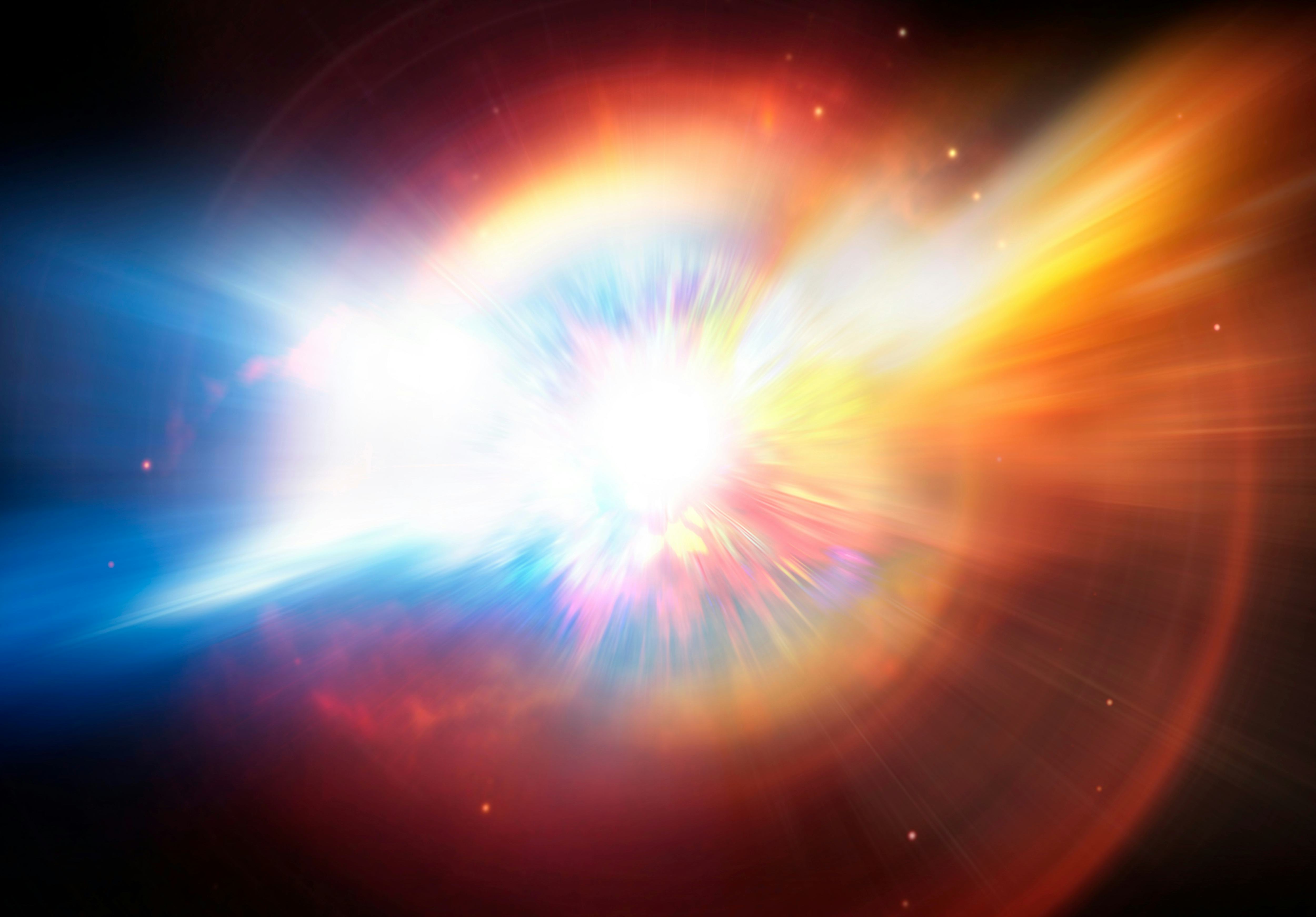
What if you placed an Earth-sized planet in a close orbit around an M-dwarf star? It’s more than an academic question, since M-dwarfs are the most numerous stars we know. A group of astronomers studying the planet GJ 1252b found an answer, and it’s not pretty.
Since this planet is so close to its star, it receives a lot of heat. And that proximity is deadly in another way. “The pressure from the star’s radiation is immense, enough to blow a planet’s atmosphere away,” said Michelle Hill, a University of California at Riverside astrophysicist and co-author of a recent paper focused on GJ 1252b. The planet lies some 65 light-years from Earth and orbits its star twice every 24 Earth hours. The heat from the star renders this world inhospitable.
This is not terribly different from Mercury in our Solar System. There’s no atmosphere and the planet is alternately heated and frozen as it orbits the Sun. In fact, Earth also loses a little atmosphere to solar activity. However, volcanism and other processes release gases back into our atmosphere. Earth is lucky; planets like Mercury and GJ 1252b are not. And, that has profound implications in the search for life-friendly worlds.
What is it about M-dwarf stars?
There are millions and millions of M-dwarf stars in our galaxy alone. They range in size from about a 10th to two-thirds of the mass of the Sun. These can be active, sending flares and outbursts through their systems. Most have at least one planet in their habitable zones and many others at a variety of distances.
That’s not a great combo if you want to find life on their planets. The stellar activity that blasts away planetary atmospheres obviously also destroys any chances for life on those worlds. And, since M-dwarfs are so numerous, their ubiquity may undercut the number of planets in the galaxy that actually do support life. That’s not great news for planets like GJ 1252b.
“It’s possible this planet’s condition could be a bad sign for planets even further away from this type of star,” Hill said. “This is something we’ll learn from the James Webb Space Telescope, which will be looking at planets like these.”
Even though M-dwarfs could be atmosphere killers, it’s not all doom and gloom. For example, many of the 5,000 stars in Earth’s solar neighborhood are M-dwarfs. Even if a large fraction of them blast their planets into hospitability, at least 1,000 others (not all of them M-dwarfs) could foster conditions suitable for life on their worlds. “If a planet is far enough away from an M-dwarf, it could potentially retain an atmosphere. We cannot conclude yet that all rocky planets around these stars get reduced to Mercury’s fate,” Hill said. “I remain optimistic.”
Looking for an atmosphere on GJ 1252b
The science behind the situation at GJ 1252b is intriguing. Astronomers used Spitzer Space Telescope data to assess the infrared radiation from the planet as a secondary eclipse blocked its light. The measurements showed that the star blasts the planet. Daytime surface temperatures range around 2242 Fahrenheit. That’s hot enough to melt gold, silver, and copper.
The heat, coupled with assumed low surface pressure, led the researchers to believe there was no atmosphere there. But let’s assume for a moment that there was a carbon dioxide atmosphere. That would trap heat on the surface, and maybe allow that blanket to exist for a while. However, it turns out that GJ 1252b isn’t so fortunate. “The planet could have 700 times more carbon than Earth has, and it still wouldn’t have an atmosphere. It would build up initially, but then taper off and erode away,” said Stephen Kane, UCR astrophysicist, and study co-author.
In the long run, if this study holds true across a substantial population of M-dwarf stars, that’ll shift the search for habitable planets to other candidates around less-volatile stars.
This article was originally published on Universe Today by Carolyn Collins Petersen. Read the original article here.







